The US Stacker Market has seen substantial competition driven by advancements in technology, shifting consumer preferences, and increased demand for material handling solutions across various industries. In particular, the market is characterized by a diverse range of players offering a wide spectrum of products and innovations. Companies are focusing on enhancing their operational efficiency, reducing costs, and creating user-friendly solutions to stay competitive.
Furthermore, factors such as sustainability initiatives, supply chain optimization, and the increasing incorporation of automation into stacker operations play a significant role in shaping the competitive dynamics of the market. As competition intensifies, these firms are continuously exploring new strategies and partnerships to maintain and expand their market presence in the US Stacker Market.
Caterpillar
Caterpillar holds a prominent position in the US Stacker Market, recognized for its exceptional engineering capabilities and robust product portfolio. The company's strengths lie in its ability to produce durable, high-performance stackers designed for various applications, from construction to warehousing. Caterpillar focuses on utilizing advanced technologies to enhance efficiency and productivity, thereby catering to the specific needs of their clients in the material handling sector.
The company has established a strong brand reputation for reliability and innovation, which has translated into an expansive market presence. Caterpillar's commitment to quality, coupled with its extensive dealer network across the US, enables it to sustain a competitive edge in the highly fragmented stacker market while effectively addressing customer demands.
John Deere
John Deere is another major player in the US Stacker Market known for its strong focus on machinery and equipment used in agriculture and forestry, as well as in material handling. The company offers a range of stackers designed to facilitate efficient operations across various industries, distinguished by their user-friendly designs and powerful performance. John Deere enjoys a significant market presence, primarily due to its reputation for manufacturing high-quality products that are durable and reliable.
With a strategic approach to mergers and acquisitions, John Deere has expanded its footprint within the stacker market, bringing in innovative technologies and complementary products that enhance its service offerings. The integration of smart technologies in their design and commitment to sustainability further bolster their position, allowing them to meet evolving consumer demands while maintaining their competitive advantage in the US Stacker Market.


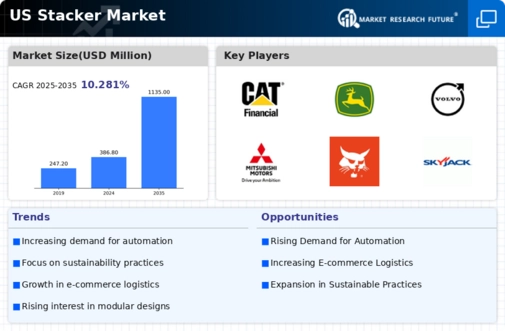
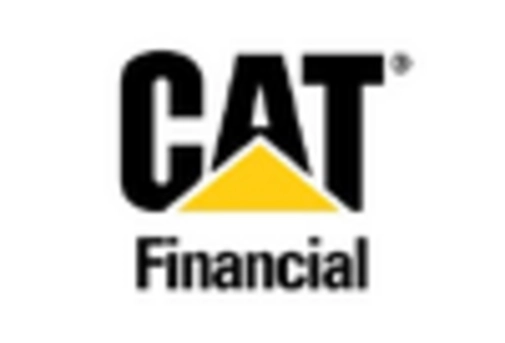
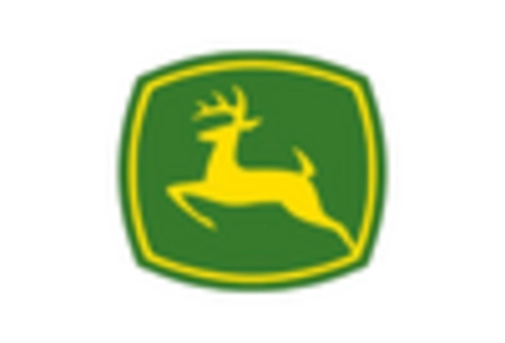
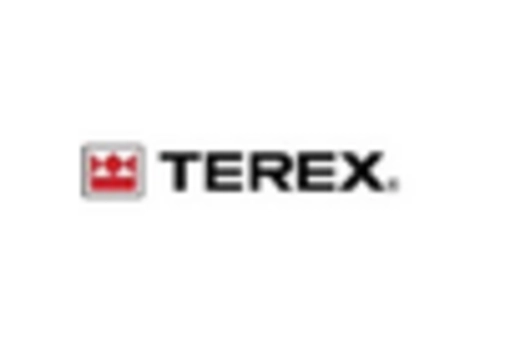
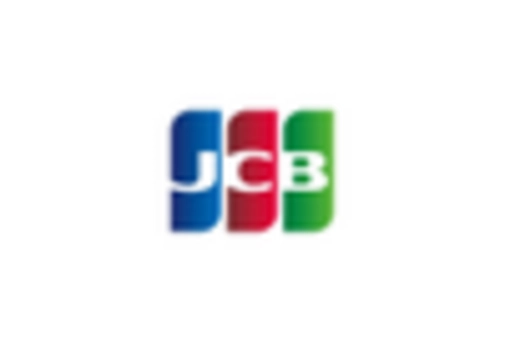
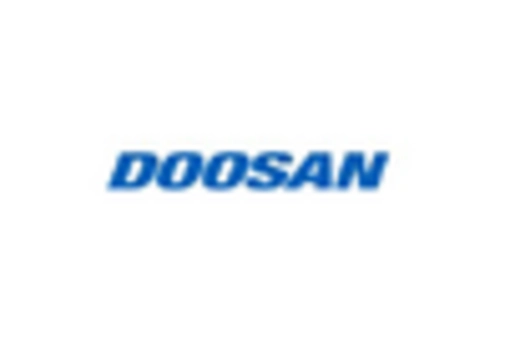
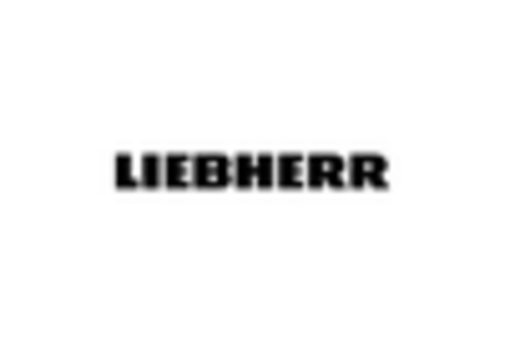
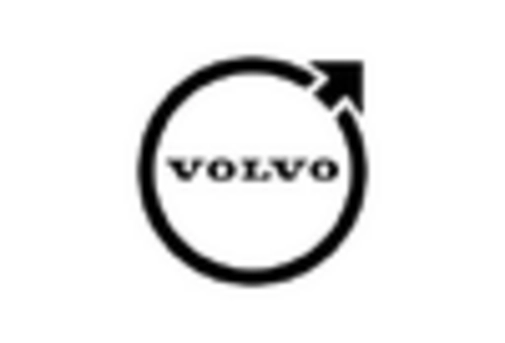
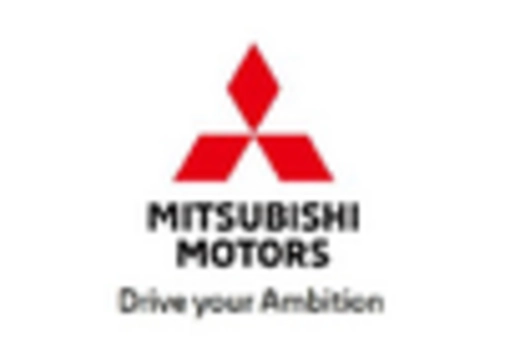

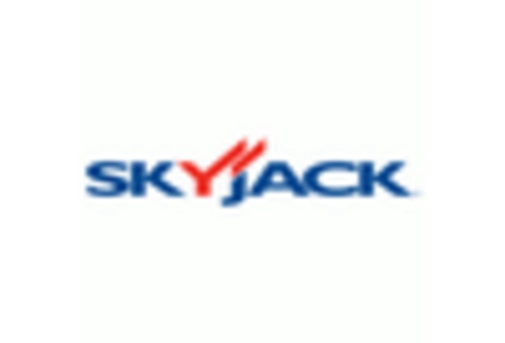
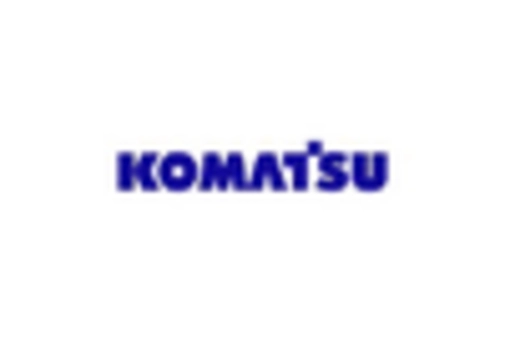

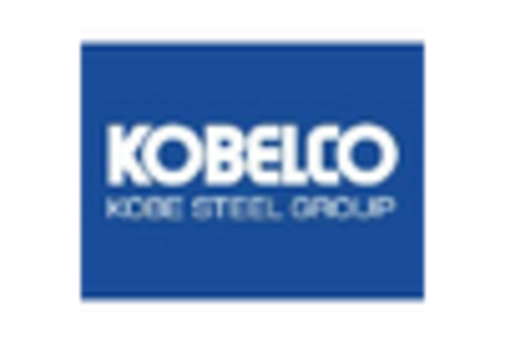








Leave a Comment